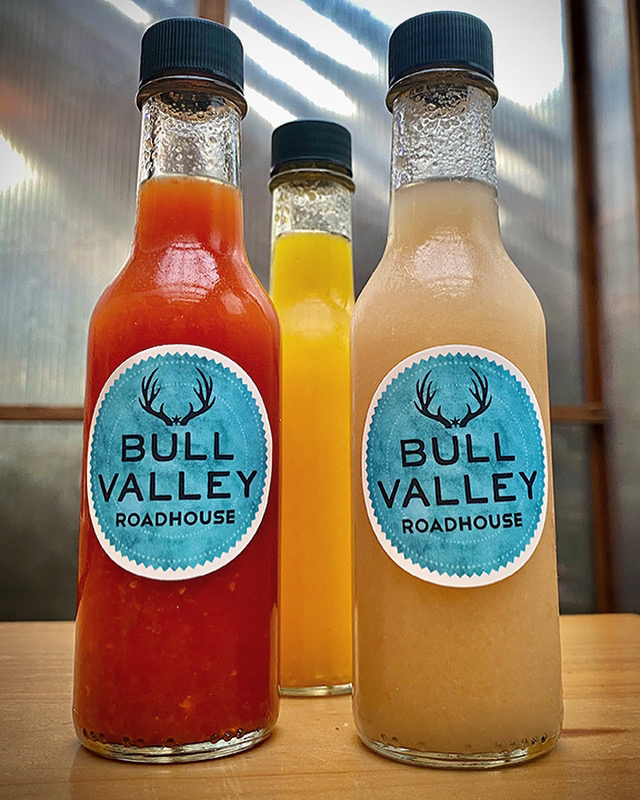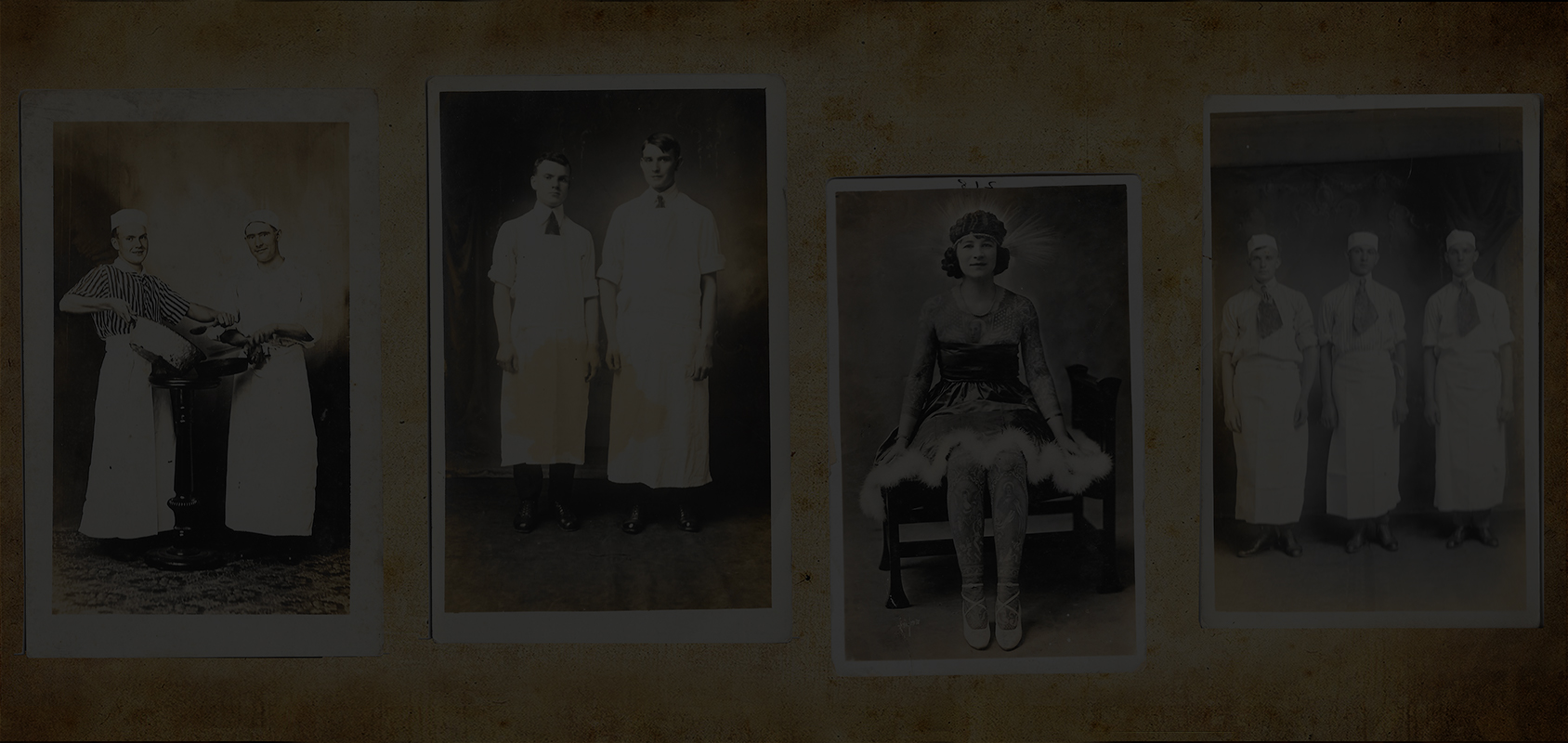12 Jan Hot Sauce
It seems the world has gone crazy for spicy things.
This isn’t a new phenomenon, but it seems to have ratcheted up the past few years.
Some of it is performative, some of it is as a dare, and some of it is through the interest in other cultures, their approach to food and the cultivation of new and interesting peppers. Whatever your motive, it’s obvious, for a lot of people ‘spice’ is the spice of life.
During the months of August-November we buy peppers from local farms and ferment them with just garlic, salt and water for 2-3 weeks, at which point we blend and refrigerate. Never cooked, forever alive and with virtually limitless shelf life if handled properly. This method of fermenting peppers is among the oldest methods of preserving food and making it delicious.
The fermentation/health geek inside me has to mention that this way of handling vegetables allows for the highest percentage of nutrients to be absorbed by the body, and that peppers have more vitamin C than oranges.
Even the ubiquitous two dollar bottle of Tabasco is fermented for three years, in oak barrels. They do add vinegar as a stabilizer, but that vinegar raises the ph to levels where microorganisms cannot live, for good or ill. Aging some of our cayenne hot sauce in an oak barrel is definitely on our to do list this month. It will be interesting to taste the difference of the barrel aged versus the non barrel aged as they develop over time.
This year the hot sauces that were made are buena mulata, ghost pepper, fatalli, cayenne, habanero, peach habanero and aji limon. We have bottles available to take home in the Bull Valley General Store!
Another way of preserving chilis into condiments is by making a chili paste.
In this instance we dehydrate (I implore everyone to buy a dehydrator, they are inexpensive, fun and save food!) fresh chiles and then powder them. We rehydrate this powder with just enough water to blend, a couple of cloves of garlic and 10% salt by weight (in contrast, the hot sauces are only 4 percent).
This mixture takes about three weeks to ferment at room temperature (quicker in summer, slower as the temperature cools).

This year we made chili paste from Korean peppers and from Aleppo peppers.
I would be remiss if I didn’t include a plug/plea for the notion of supporting local farms.
All of the chilis we purchased this year came from the following farms:
https://www.longertablefarm.com
http://www.tierravegetables.com
& Paul’s produce on Arnold Drive in Sonoma. (Paul’s website doesn’t work)
I have been fooling around with the paste in a bunch of dishes from roasted potatoes to confit duck neck and it has been a ton of fun, and I am excited to see what it next. Also our guests seem to be enjoying the options of bottled hot sauces of differing levels of spice. The amount of people who can handle or enjoy the fiery ghost pepper still amazes me.
If spicy food is an interest or a must, we got you covered.


